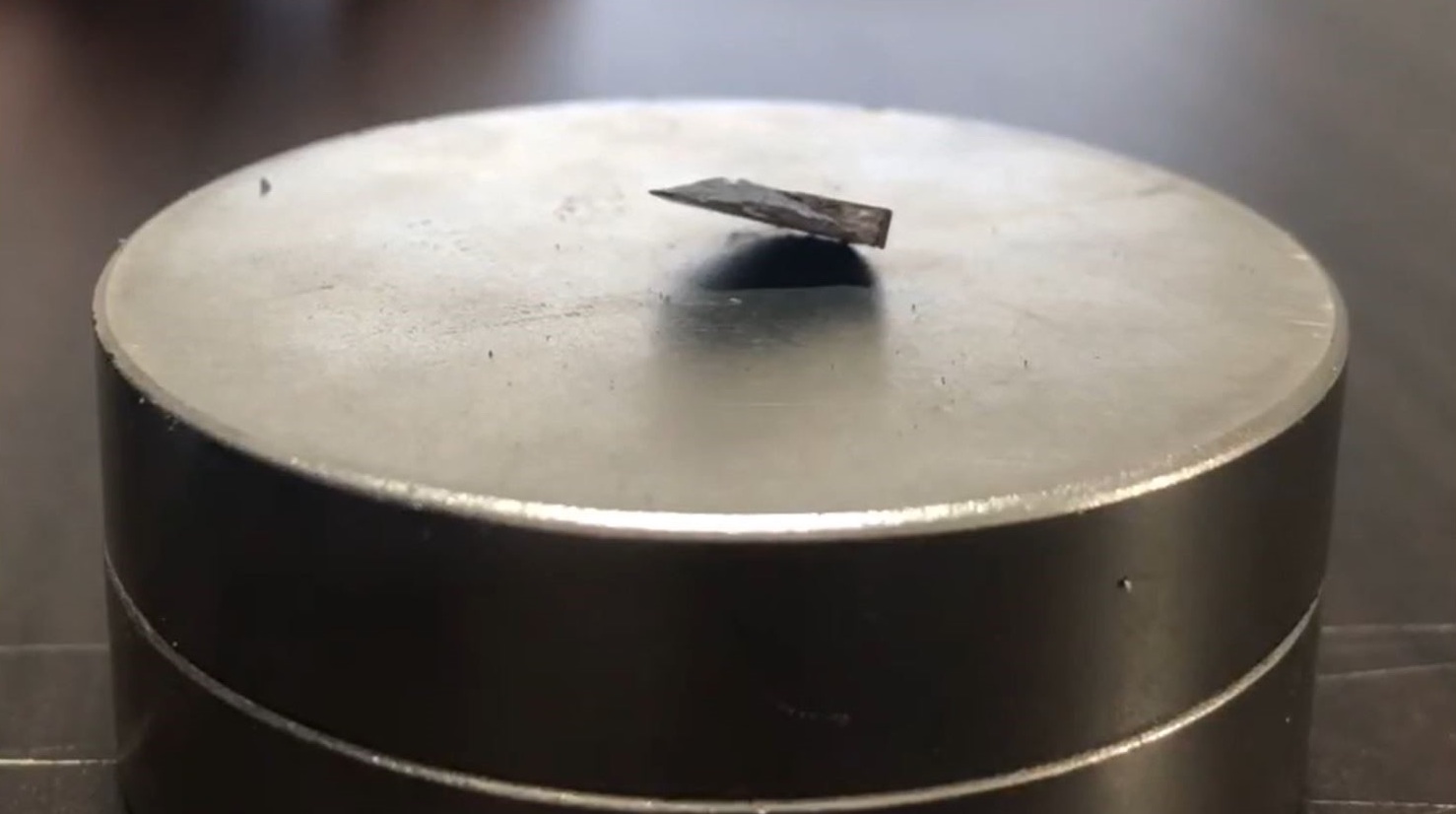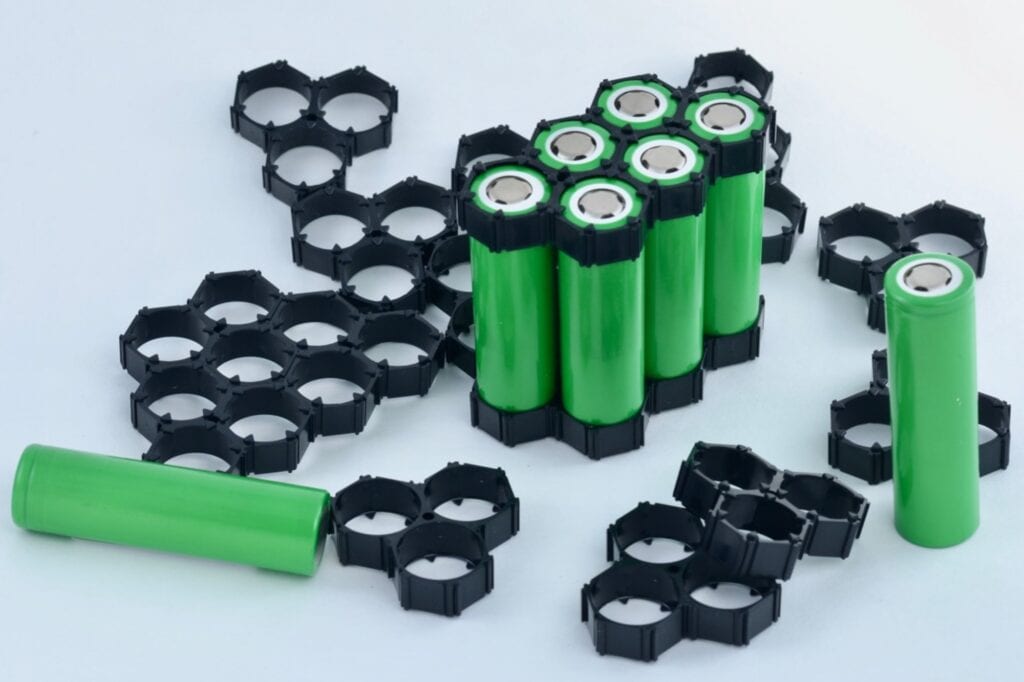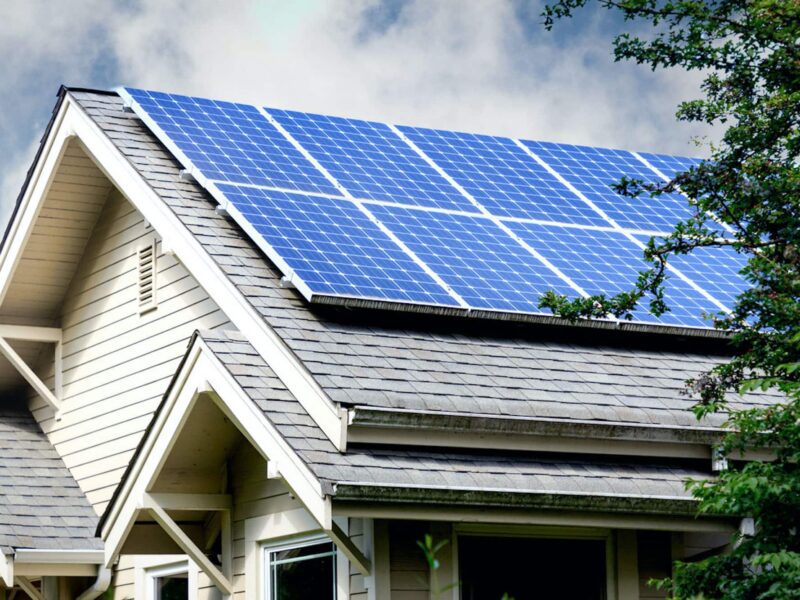
Flying cars: Did scientists just make a room-temp superconductor?
Could a simple shift in temperature revolutionize our world? The answer could very well be a resounding “yes” as scientists unveil a groundbreaking development – an ambient temperature superconductor known as LK-99. This might not sound like your usual morning coffee conversation, but trust us when we say this could potentially change your life, and the world as we know it. Does this mean flying cars may actually be a reality?
Let’s take a look and see if flying cars are in your future, or your children’s.

Supercharging Our Future
In the world of physics, superconductors are the cool kids. They’ve got this magical property of transmitting electricity without any energy loss, essentially creating the perfect system for power transmission. If we can harness this property on a large scale, we could revamp our grid infrastructure and save an enormous amount of electricity that is currently lost in transit.
Making it even more exciting is the fact that LK-99 doesn’t need a fancy lab or complex setup to come to life. Its ease of preparation means this game-changing technology could be more widely available, possibly bringing us into a new era of energy efficiency and sustainability.
LK-99’s influence doesn’t stop at power transmission. Its potential impacts on nuclear fusion reactors, quantum computing, energy storage, and even thermal management in electronics are nothing short of astounding.

Imagine nuclear fusion reactors that require less complex cooling systems, or quantum computing becoming more accessible as we ditch the costly and elaborate cooling systems currently necessary. Picture a world where electronic devices no longer need cooling, enhancing their energy efficiency and increasing their lifespan.
And consider the potential of using superconductors as a kind of high-tech battery, storing electrical current indefinitely until needed. That sounds a lot like flying cars to us. But that may be the tip of the iceberg.

The LK-99 question
In the world of superconductors, LK-99 has emerged as a standout. This lead-apatite superconductor operates at a critical temperature of over 400 K (that’s a sizzling 127°C), an unprecedented achievement.
Unlike previous superconductors, LK-99’s superconductivity isn’t dependent on fickle external factors like temperature and pressure. Instead, its power comes from within – specifically, structural distortions caused by substituting one type of ion (Cu²⁺) for another (Pb²⁺) in the insulating network of Pb(2)-phosphate. This swap creates stress, leading to the formation of superconducting quantum wells (SQWs).

What next?
The advent of an ambient temperature superconductor like LK-99 could lead to dramatic shifts across industries. Power grids could be transformed with nearly zero energy loss during electricity transmission. Quantum computing could become more robust and accessible, while renewable energy storage could see a significant boost. Even our electronic devices and electric vehicles could see a substantial uptick in efficiency.
But why stop there? Public transport could be revolutionized with the widespread implementation of superconducting maglev trains, offering ultra-fast, efficient, and sustainable transport options. Medical equipment like MRI machines could become more efficient and cost-effective. Even scientific research tools like particle accelerators could see a significant upgrade, leading to more advanced and accessible research capabilities.
In essence, the impact of ambient temperature and pressure superconductors like LK-99 is vast and holds enormous potential to transform various aspects of our lives. From reshaping energy systems and transportation to improving healthcare and research tools, we are on the cusp of a new era in technology and energy management.
—
So, are we ready to step into a future powered by the amazing potential of superconductors like LK-99? Should flying cars be the thing we focus on over evolving past solar panels? Only time will tell, but one thing is certain – it’s going to be a ride well worth waiting for.







